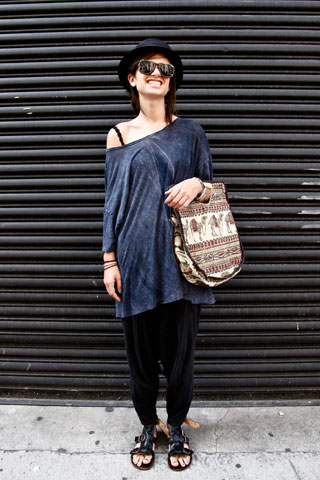Children’s Book World in Haverford is a special place for children and parents
By Rebecca Shaw
“Eloise.”
A man and his wife walk into Children’s Book World, an independent bookstore in Haverford, Pennsylvania. They want to buy their granddaughter the initial Eloise, a series about a little girl who lives in the Plaza hotel in New York that was first published in 1955.
Smiles spread across the faces of the booksellers working at the store. One bookseller, Leslie, walks immediately towards the picture-book section of the store. She pulls out all the Eloise picture books she can find from the bookshelves.
“Well I found Eloise in Paris and Eloise Takes A Bath,” she says handing the books to the couple. “But I’m sure we have the original—I saw it the other day, give me two seconds, I’m going to look in the back.”
Julie, another bookseller, stands behind the cash register counter. She begins talking to the couple.
“Eloise was my favorite book as a child. Your granddaughter is going to love it. Such a great story.”
“You don’t think it’s too juvenile,” the man asks. “ My granddaughter is a genius.”
“No, it’s not juvenile at all. I can read it to you, when Leslie comes back.” says Julie.
“Found it!” says Leslie.
“Ok, you’re sure it’s not below her reading level? My granddaughter is going to a school for gifted students in New York City. She’s a beauty too,” he says as he shows Leslie and Julie a picture of his granddaughter.
“ Eloise!” says Bookseller Sara, running out from the storage room. She grabs the book from Leslie and starts to read out loud from it.
“Well, you just witnessed a public dramatic reading of Eloise.” Julie says laughing, as she gift-wraps the book for the couple. “Your granddaughter is going to love it.”
-0-0-
Every employee at Children’s Book World strives to place the perfect book in the hands of the perfect child.
In order to achieve this goal, all employees working at Children’s Book World are required to read every single book that comes into the store.
Children’s Book World owner, Hannah Schwartz along with her daughter, the store manager Heather Schwartz, attribute this requirement as one reason for the store’s longevity and success.
“When people shop here, they want our recommendations of what books their children would like,” explained Heather Schwartz. “We try hard to talk to the children to help find out what they enjoy reading, and then find books that match their interests. For instance, someone may need a book for a book report. If the child likes mysteries, we show him or her the mystery books available at the store and we discuss those books with the child. We sell books that fit the needs of every child.”
Before opening Children’s Book World in 1989, the owner, Hannah Swartz, worked as the children’s book-buyer for a decade. She was the book-buyer for the children’s section of an independent general bookstore called The Book House in Ardmore, Pennsylvania’s Suburban Square.
With the support of her family, Hannah Schwartz decided to open her own independent bookstore specifically for children. Heather Schwartz, who recently graduated college in 1989, helped her mother with the store for a few years. She then left the store to start a family and to open her own crafts supplies store in Ardmore’s Suburban Square.
Today, nearly 23 years after opening the store, Children’s Book World remains one of the few independent bookstores in the Main Line area.
“There used to be about six independent bookstores in the Main Line area that no longer exist,” said Heather Schwartz. “Unfortunately, there are fewer and fewer of us left in this area.” Continue reading











